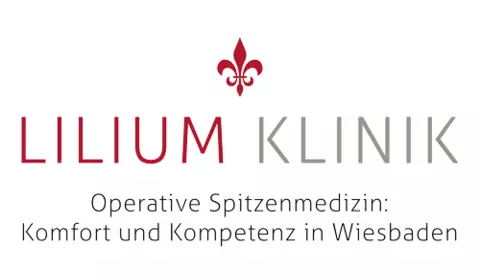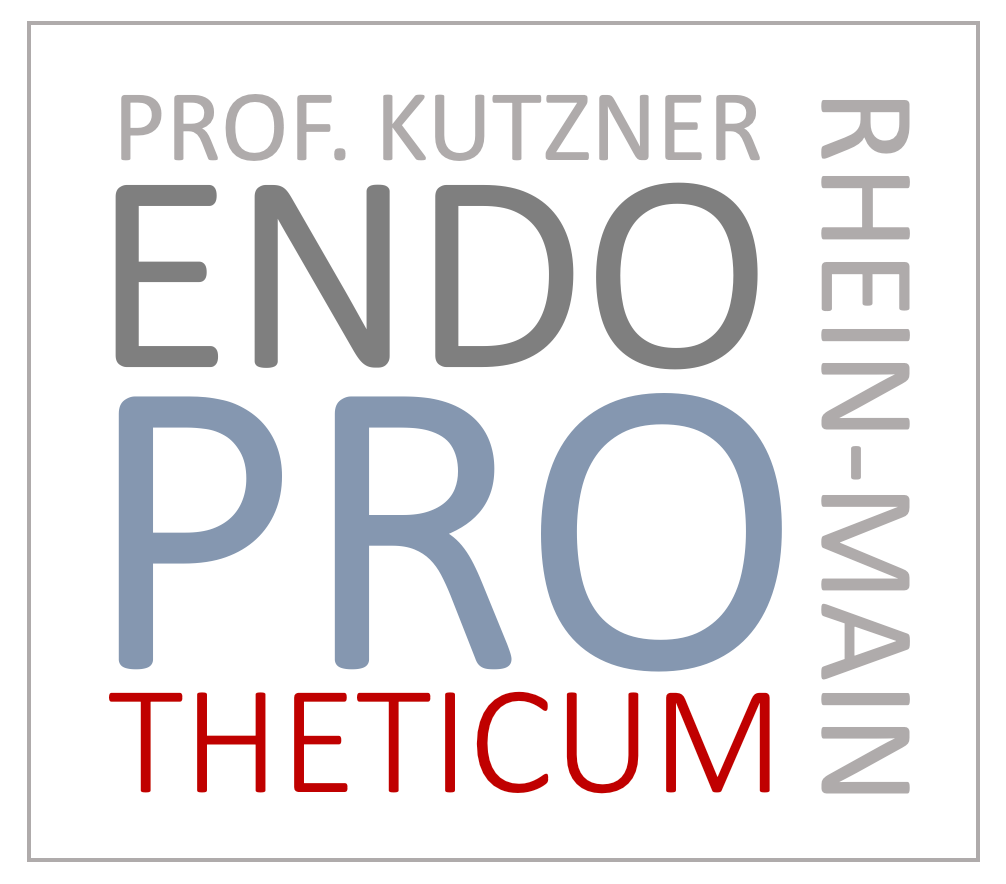Small prosthesis on both sides - advantages and disadvantages of a simultaneous operation
What speaks to think about a mutual sled prosthesis in an operation?

The decision for a two -way implantation of sled prostheses in a single operation is a significant step that requires both careful consideration and extensive information. In this article, the advantages and disadvantages of a simultaneous bilateral operation are examined in detail in order to help you make your decision-making.
What is a sled prosthesis?
A sled prosthesis, also known as a unicondylary knee part prosthesis, only replaces the part of the knee joint affected by osteoarthritis. In contrast to the total endoprosthesis, the healthy joint area remains, which can lead to better mobility and a more natural feeling of gnome. In addition, the surgical intervention is less invasive, since all band structures and healthy handling parts are preserved, which shortens the recovery time.
Advantages of simultaneous operation
- One -time anesthesia and hospital stay Due to the simultaneous operation of both knees, only an anesthetic is required, and the hospital stay can be shortened. This reduces the risk of complications associated with multiple anesthesia.
- Shorter total recovery time Since both knees are treated in a single operation, the entire rehabilitation period is shorter compared to two separate interventions. Patients can return to their normal everyday life faster.
- Simultaneous correction of malpositions for existing malpositions such as X or O legs can help the simultaneous surgery of both knees to reduce the load on other joints and the spine by correcting the leg axes symmetrically.
- Cost efficiency A single hospital stay and rehabilitation often mean lower total costs for patients and health systems.
Disadvantages and risks of a simultaneous operation
- Increased surgical risk The simultaneous operation of both knees can be associated with a higher risk of complications such as increased blood loss. However, modern techniques have significantly reduced this risk.
- More intensive rehabilitation The simultaneous recovery of both knees can be more strenuous and may require more support during the early rehabilitation phase.
- Restricted mobility in the initial phase Since both knees were operated on at the same time, mobility can be more restricted immediately after the operation, which temporarily makes everyday life temporarily difficult.
Who is the simultaneous mutual sled prosthesis suitable for?
This type of operation is particularly suitable for patients who:
- Suffer from bilateral knee arthrosis.
- Are in good general health constitution and have no serious comorbidities.
- Want a quick return to your active lifestyle.
However, it is essential to carry out an individual risk-benefit analysis with the treating orthopedic surgeon to make the best decision.
Rehabilitation process and aftercare
After the operation, rehabilitation begins immediately, which includes the following measures:
- Physiotherapy to restore mobility
- Pain management
- Everyday adjustments to reduce the stress onto the knees
The success of the operation strongly depends on the patient's active cooperation in rehabilitation.
Challenges and advantages of rehabilitation after both sides sled prosthesis surgery
The rehabilitation after a sled-onto-prostheses surgery places special demands on the patients. Since both knees are affected at the same time, there may be significant mobility restrictions in the first few weeks after the operation. The muscular weakness is available on both sides, which requires more intensive physiotherapy care. In addition, domestic adjustments, such as the use of walking aids or handles in the bathroom, are essential for the patient's safety. Nevertheless, this type of operation also offers advantages: both knees regenerate in parallel, which means that the movement sequence can adapt more naturally. In addition, patients go through a unique rehabilitation phase instead of having to master two separate rehabilitation periods. After intensive but well -structured rehabilitation, many patients report a faster return to normal activities.
Restricted mobility in the initial phase Since both knees were operated on at the same time, mobility can be more restricted immediately after the operation, which temporarily makes everyday life temporarily difficult. This means that patients often rely on walking aids longer than after a one -sided operation.
Conclusion: Thinking about a sledding prosthesis on both sides is worthwhile!
The simultaneous bilateral implantation of sled prostheses offers numerous advantages, including a shortened total recreation period and avoiding double loads by two separate operations. Nevertheless, the potential risks and individual health factors should be carefully weighed. The simultaneous supply is not suitable for everyone using a sled prosthesis. Detailed advice with an experienced knee specialist is essential to determine the optimal treatment strategy for you.
MAKE AN APPOINTMENT?
You are welcome to make an appointment either by phone or online .



























